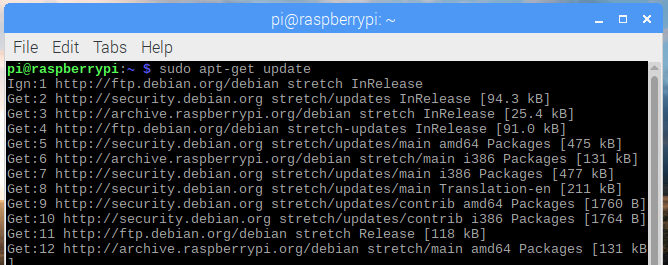Just like your tablet, cellphone, and laptop, you need to keep your Raspberry Pi updated. Not only will the latest enhancements keep your Pi running smoothly, they will also keep you safer, especially if you are connected to a network. The seventh article in our guide to getting started with the Raspberry Pi shares two pieces of advice on keeping your Pi working well.
Update Raspbian
Updating your Raspbian installation is a two-step process:
- In your terminal type: sudo apt-get update
The command sudo allows you to run apt-get update as admin (aka root). Note that apt-get update will not install anything new on your system; rather it will update the list of packages and dependencies that need to be updated.
- Then type: sudo apt-get dist-upgrade
From the documentation: "Generally speaking, doing this regularly will keep your installation up to date, in that it will be equivalent to the latest released image available from raspberrypi.org/downloads."

Be careful with rpi-update
Raspbian comes with another little update utility called rpi-update. This utility can be used to upgrade your Pi to the latest firmware which may or may not be broken/buggy. You may find information explaining how to use it, but as of late it is recommended never to use this application unless you have a really good reason to do so.
Bottom line: Keep your systems updated!







3 Comments